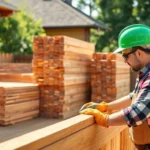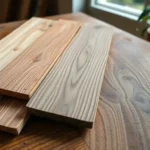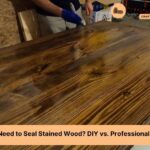When we embark on the journey of creating or upgrading our workbench, the choice of material plays a pivotal role in its durability, functionality, and aesthetics. Plywood, a versatile and sturdy option, often stands out as a prime candidate. But with a myriad of types and grades available, how do we zero in on the best plywood for our workbench?
We’ve all been there, sifting through the sea of options, from Baltic birch to marine-grade, each with its unique strengths and applications. It’s not just about picking the toughest piece; it’s about finding the right balance between quality, cost, and the specific needs of our projects. Let’s dive into the essentials of selecting the best plywood for your workbench, ensuring it stands the test of time and the rigor of your work.
Factors to Consider When Choosing Plywood for Workbench
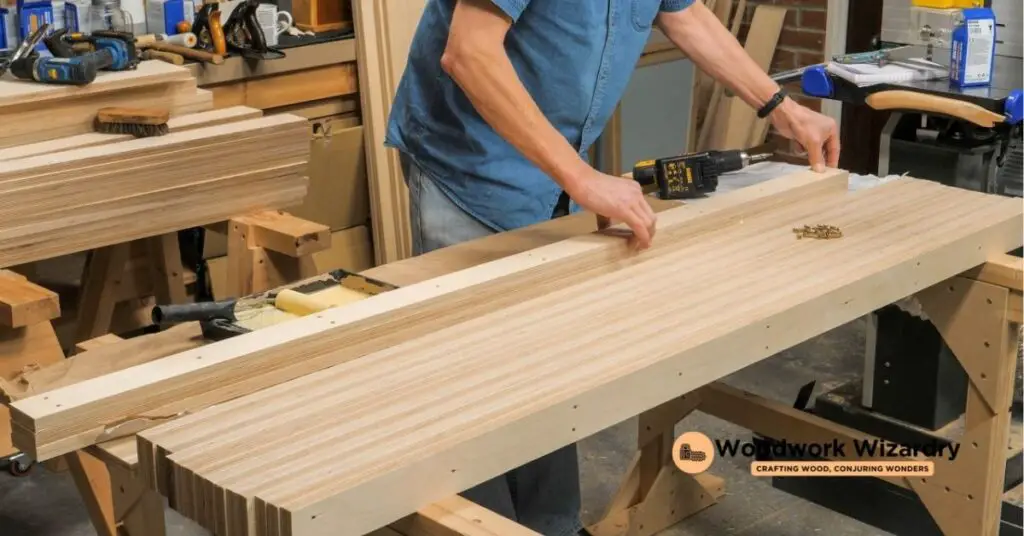
After exploring the various types and grades of plywood, let’s delve into the factors you should consider to ensure you choose the best plywood for your workbench. It’s about picking a material that’ll stand up to your projects and last through years of use. Here, we’ll break down the key considerations.
Durability
First off, we’re looking at durability, which is paramount. A workbench’s top has to withstand heavy loads, resist dents and scratches, and endure the occasional spill. For top-notch durability, we lean towards higher-grade plywoods like Baltic birch or marine-grade. These options have more layers, are tightly bonded, and offer exceptional strength. Remember, a durable workbench top means less worry about damages and replacements down the line.
Workbench Use
How you plan to use your workbench influences your choice in plywood. Imagine you’re a woodworker; you’ll need a scratch-resistant surface that can handle chiseling and sawing. Baltic birch, with its hard surface and resistance to warping, is ideal. However, if you’re into electronics or painting, a smoother finish might be more important, making a good-quality hardwood plywood a suitable pick. Matching the ply to the projects ensures it supports your work rather than hindering it.
Environment
Lastly, consider the environment where your workbench will live. If it’s going to be in a garage or shed where humidity and temperature fluctuate, you’ll want plywood that’s resilient to these changes. Marine-grade plywood shines here, as it’s designed to withstand moisture without warping. However, for more controlled settings, like an indoor workshop, a wide range of options could work, provided they meet your durability and usage needs. It’s all about choosing plywood that’ll maintain its integrity, come rain or shine.
The Best Types of Plywood for Workbenches
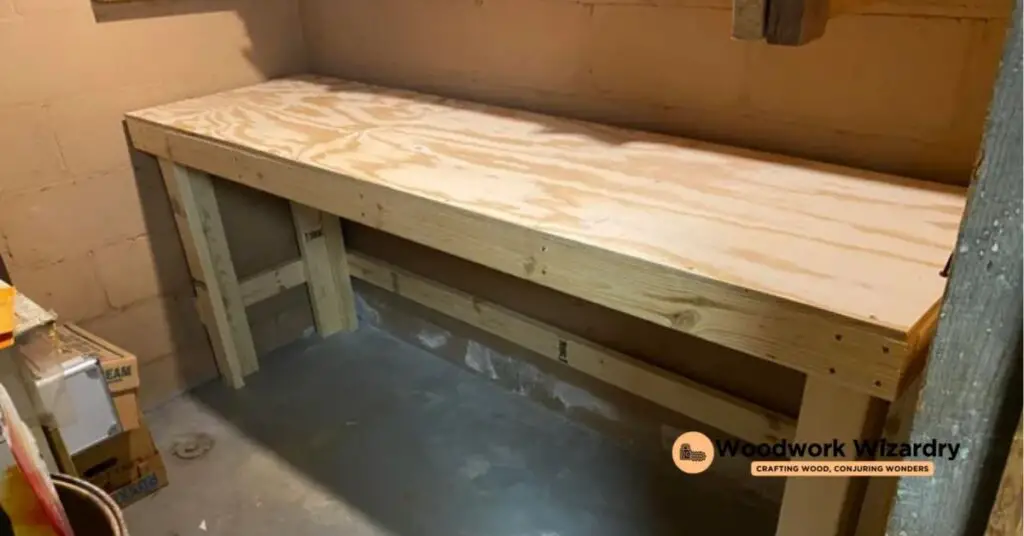
Selecting the perfect plywood is crucial for a workbench that’ll last through years of projects and heavy use. Let’s dive into the top contenders.
Baltic Birch Plywood
Baltic Birch Plywood stands out for its incredible durability and strength, making it ideal for heavy-duty workbenches. Known for its uniform grain and thickness, this plywood offers a smooth surface that’s easy to work on. It’s also highly resistant to warping and splintering, qualities you’ll appreciate when handling various projects. Whether you’re sawing, drilling, or hammering, Baltic Birch Plywood can take it all, ensuring your workbench remains a steadfast companion in your workshop.
Marine Grade Plywood
Next up, Marine Grade Plywood takes durability to another level, especially in moist or humid conditions. Crafted to withstand the rigors of marine environments, this plywood is an excellent choice if your workshop is prone to dampness or if you’re planning outdoor projects. Its moisture-resistant properties prevent warping and rot, two common concerns that can compromise the integrity of your workbench over time. Moreover, Marine Grade Plywood’s strength and resilience make it a reliable surface for any task, from cutting to gluing.
Medium Density Fiberboard (MDF) Plywood
For those seeking a smooth and even surface, Medium Density Fiberboard (MDF) Plywood is a fantastic option. Its consistent texture and lack of grain mean it’s less likely to snag your tools or workpieces. Additionally, MDF Plywood’s density supports a wide range of projects, making it suitable for precise cuts and detailed work. It’s also relatively affordable, offering a cost-effective solution without sacrificing quality. However, it’s worth noting that while MDF is durable, it may not fare as well in moist environments compared to Baltic Birch or Marine Grade Plywood.
Comparing Plywood Quality and Prices
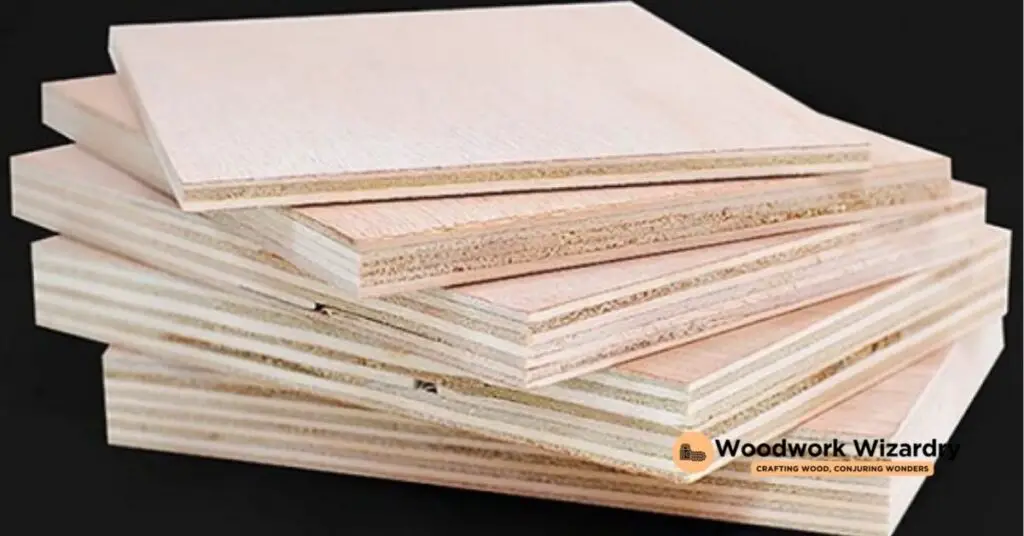
Let’s dive into the nitty-gritty of plywood, comparing the quality and prices to help you make the best choice for your workbench project.
Price Range of Various Plywood Types
When it comes to selecting plywood, the cost can vary widely, affecting your project budget. Here’s a quick overview:
- Baltic Birch Plywood: Known for its superior quality, prices typically range from $60 to $90 per sheet. Its durability makes it a popular choice for high-end projects.
- Marine Grade Plywood: Designed for moisture resistance, this type costs anywhere between $80 and $120 per sheet. It’s a go-to for workbenches in damp environments.
- Medium Density Fiberboard (MDF): MDF is the most affordable option, priced at about $30 to $50 per sheet. It’s excellent for indoor projects where moisture isn’t a concern.
Quality Assessment for Workbench Projects
Selecting the right plywood isn’t just about price; it’s also about quality. Here’s how each option stacks up:
- Baltic Birch Plywood: Offers exceptional strength and resistance to warping. Its multiple layers provide a sturdy surface ideal for heavy-duty use.
- Marine Grade Plywood: Features excellent moisture resistance, making it perfect for workshops exposed to humidity. Its durability also supports heavy tools and equipment.
- Medium Density Fiberboard (MDF): Provides a smooth, consistent surface for precise work. Although not as strong as Baltic Birch or as moisture-resistant as Marine Grade, it’s a cost-effective choice for many workbench applications.
By considering both price and quality, you’ll be able to choose the best plywood for your workbench, ensuring it meets your needs, preferences, and budget.
Tips for Working with Plywood for Workbenches
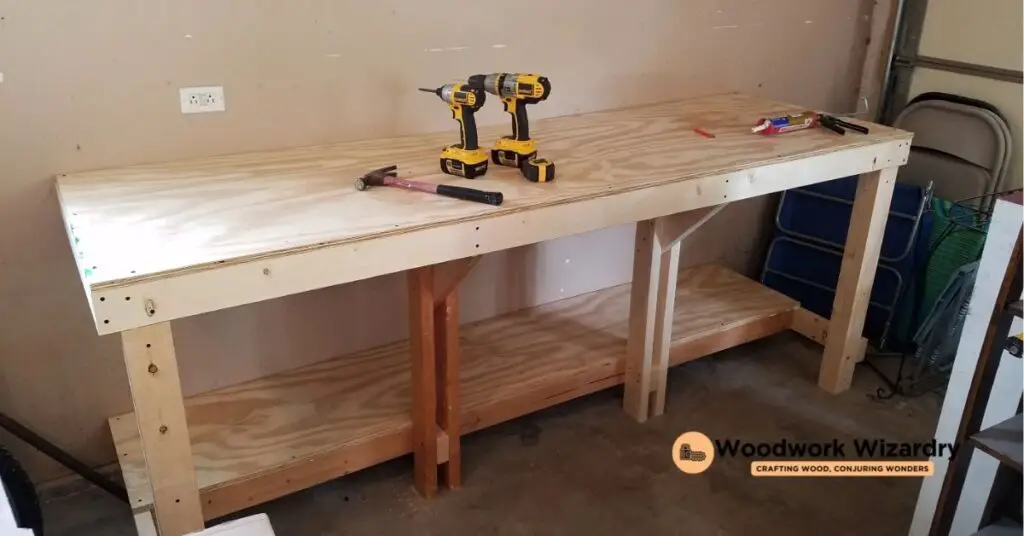
After diving deep into the types of plywood, their prices, and quality, it’s essential to know how to handle these materials for your workbench project. Let’s tackle some practical tips that will help you make the most out of your chosen plywood.
Sealing and Finishing Plywood
Sealing plywood is crucial, especially for workbenches that’ll see lots of use. Applying a sealant can protect against moisture, chemicals, and everyday wear and tear. We recommend using a polyurethane sealant for its durability and resistance to damage. For a more natural look, you might opt for a tung or linseed oil, which penetrates deep into the wood, offering protection while highlighting the plywood’s natural beauty. Don’t forget to lightly sand the surface before and after the first coat to ensure a smooth finish.
Joining Techniques for Plywood
When it comes to assembling your plywood workbench, choosing the right joining technique can make all the difference in the stability and durability of your project. For a strong, long-lasting connection, screws and glue are your best bet. Make sure to pre-drill holes to avoid splitting the plywood. Pocket-hole joinery is also a great option for a clean look, as it hides the screws from view. If you’re looking for a method that doesn’t require fasteners, try using dadoes and rabbets to slot the pieces of plywood together neatly. Whatever method you choose, ensure it’s suitable for the weight and use of your workbench to keep everything securely in place.
Where to Buy the Best Plywood for Your Workbench
After discussing the virtues of Baltic birch, marine-grade, and MDF plywood for durability and workability in workbench construction, let’s dive into where you can actually purchase these materials. Here, we’re focusing on two primary sources: local hardware stores and online specialists.
Local Hardware Stores
Local hardware stores are our first go-to for several reasons. Firstly, they offer the benefit of being able to see and touch the plywood before purchasing, ensuring you get the exact quality you’re looking for. Stores like Home Depot, Lowe’s, and Menards typically stock a wide range of plywood, including options suitable for workbench construction like Baltic birch and MDF. Another advantage is the immediate availability; you can walk in, make your choice, and walk out with your plywood the same day, which is fantastic for those of us eager to start our projects without delay. Lastly, local stores often have knowledgeable staff on hand. They can provide valuable advice on which plywood is best for your specific workbench needs, based on factors like durability, moisture resistance, and price.
Online Specialists
For those of us who prefer shopping from the comfort of our home or are looking for more specialized options, online specialists are a treasure trove. Websites like Woodworkers Source and Plywood Company of Fort Worth offer a plethora of plywood types, catering specifically to woodworking and construction projects. The benefit of shopping online is the access to a broader range of plywood types and grades, including more niche options like high-grade Baltic birch that might not be available locally. Additionally, these specialists often provide detailed descriptions and specifications for their products, helping you make an informed decision based on your workbench’s specific requirements. Though shipping costs and times are a consideration, the convenience and access to expert advice through customer service can make online specialists an excellent option for sourcing the best plywood for your workbench.
Conclusion
We’ve walked through the essentials of choosing the right plywood for your workbench, from the top picks like Baltic birch and marine-grade to the practicality of MDF. We’ve also shared our best tips for working with your chosen plywood to ensure your workbench is as durable as it is functional. Remember, it’s not just about picking the highest quality material but also about how you treat and work with it. Whether you’re heading to your local hardware store or browsing online for that perfect plywood, you’re now equipped with the knowledge to make an informed decision. Here’s to building a workbench that’ll stand the test of time and projects!
Related Posts:
- Ultimate Guide: Best Plywood for Shelves & Maintenance Tips
- Top Best Adhesives for Plywood: Ensure Strong Bonds for Your Projects
- Top Plywood Picks for Durable Workbenches: A Buyer’s Guide
- Top Plywood Picks for Durable & Stylish Doors: A Guide
- Top Choice: Finding the Best Plywood for Durable, Eye-Catching Signs
- Top Plywood Tools for Woodworking: A Comprehensive Guide
- Top Plywood Ideas: Transforming Interiors from Floors to Ceilings
- Understanding Exterior Plywood: Grades, Types, and Maintenance Tips



